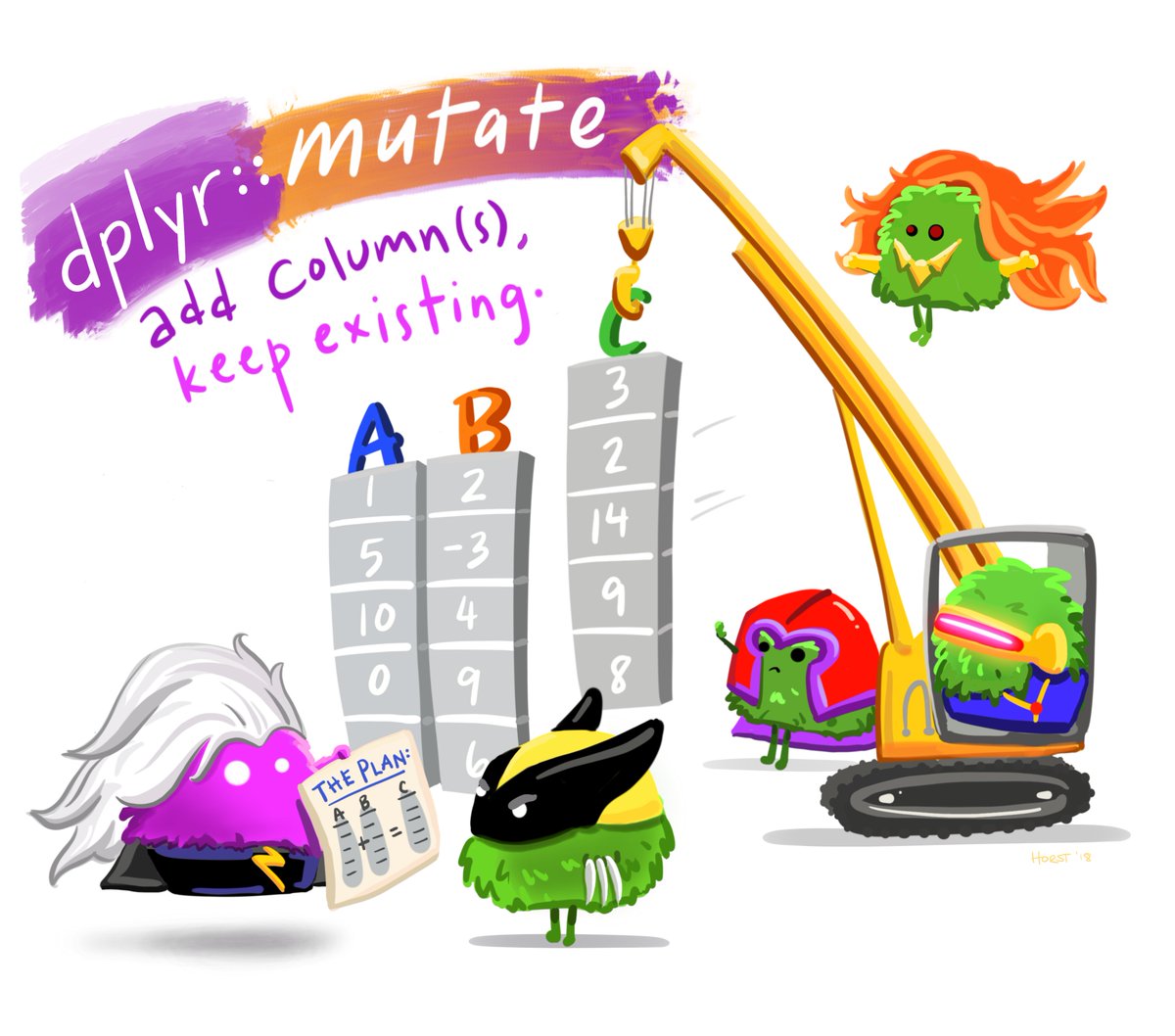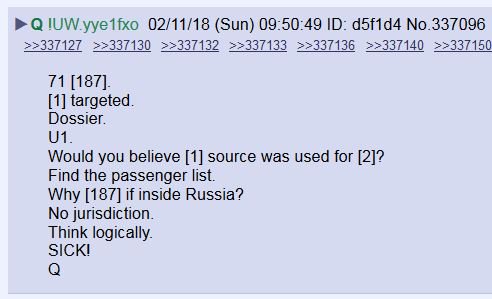tidyverse.org
rstats.wtf
emilyriederer.netlify.com/post/rmarkdown…
alison.rbind.io
rstudio.cloud/learn/primers
garrickadenbuie.com/project/tidyex…
gganimate.com
I'm also excited about his {ggtext} package to do things like add multi-color titles to plots.
tandfonline.com/doi/full/10.10…
github.com/luisDVA/unhead…
bit.ly/2Qf4eVG
rfortherestofus.com/2019/04/my-r-j…
github.com/rfordatascienc…
cedricscherer.netlify.com/2019/08/05/a-g…
bit.ly/2QA9YIL
github.com/hrbrmstr/hrbrt…
github.com/allisonhorst/s…

mikewk.com/post/2019-04-2…
williamrchase.com/post/disintegr…
youtube.com/user/safe4demo…
geocompr.robinlovelace.net
katiejolly.io/blog/2019-08-2…
github.com/Cghlewis/R-Lad…
"Learning is a social act, it is easy to draw value from a community which takes such joy in sharing."
rfortherestofus.com/2019/11/my-r-j…
nature.com/articles/s4155…

datasciencebox.org
rc2e.com
medium.com/@urban_institu…
policyviz.com/podcast/episod…
qz.com/work/1661486/r…
r-bootcamp.netlify.com
ropensci.org/packages/
infoworld.com/article/339870…
johnmackintosh.com/2017-12-21-flo…
📽️ resources.rstudio.com/rstudio-conf-2…
📜peerj.com/preprints/3163…
moderndive.com
visdat.njtierney.com/index.html
Part 1: suzan.rbind.io/2018/01/dplyr-…
Part 2: suzan.rbind.io/2018/02/dplyr-…
Part 3: suzan.rbind.io/2018/02/dplyr-…
Part 4: suzan.rbind.io/2018/04/dplyr-…
hookedondata.org/going-off-the-…
thinkr-open.github.io/golem/







